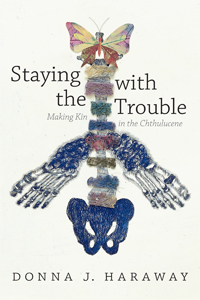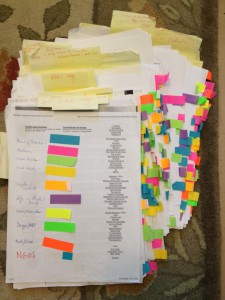This two-part post is a collaborative authorship between Taylor R. Genovese and Martin Pfeiffer, a PhD student in Anthropology at the University of New Mexico. For more on Martin’s work see his blog Deus Ex Atomica and his personal Twitter account @NuclearAnthro.
In Part 1, we analyzed nuclear weapon and defense industry advertisements from 1950-1964 to demonstrate the fundamentally, and publically imagined, imbrications of spaces exploration and U.S. military supremacy. In Part 2 we continue with a deeper theoretical examination of technoutopian spaces imaginaries. Although in this post we make use of colloquialisms like “Space Race,” “Ocean Race,” and “Earth Race,” we do not accept the real-world separations they imply. We argue, as per our discussion in Part 1, that these spaces explorations were fundamentally aspects of the same underlying colonial and militarist processes.


